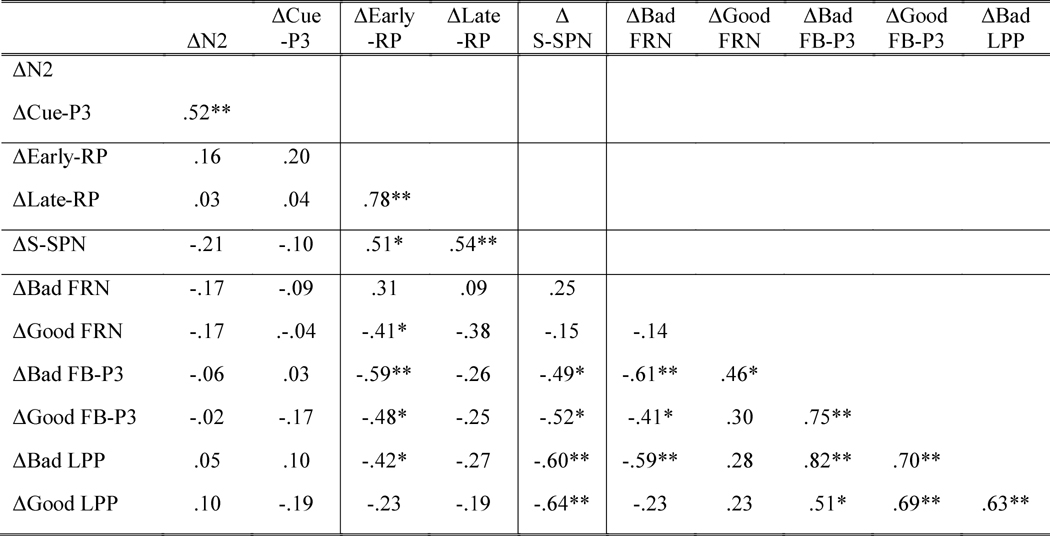Table 1. Zero-Order Correlations between ΔERPs.
Note. ΔERPs were calculated by subtracting No-Reward ERPs from Reward ERPs. Table borders were used to separate ERPs that occurred at different reward-anticipation and reward-outcome stages. More negative scores for the N2, RP, SPN and FRN indicate greater ERP amplitudes since these components represent negative-going waveforms. Time windows used for calculating ΔEarly-RP and ΔLate-RP were -1000 to -800 ms and -200 to movement onset ms, respectively. Bad = Bad-Performance; Good = Good-Performance;
p ≤ .05;
p ≤ .01.
Note also that both ΔEarly-RP and ΔLate-RP had positive correlations with feedback anticipation ΔERP, ΔS-SPN (Supplementary Figure 1). Because the two correlations (ΔEarly-RP & ΔS-SPN and ΔLate-RP & ΔS-SPN) were not different from each other (t(20) = -.28, p = .78), this suggests that enhancement of motor preparation by reward (ΔRP) was related to the enhancement of feedback anticipation (ΔS-SPN), irrespective of RP time windows.

